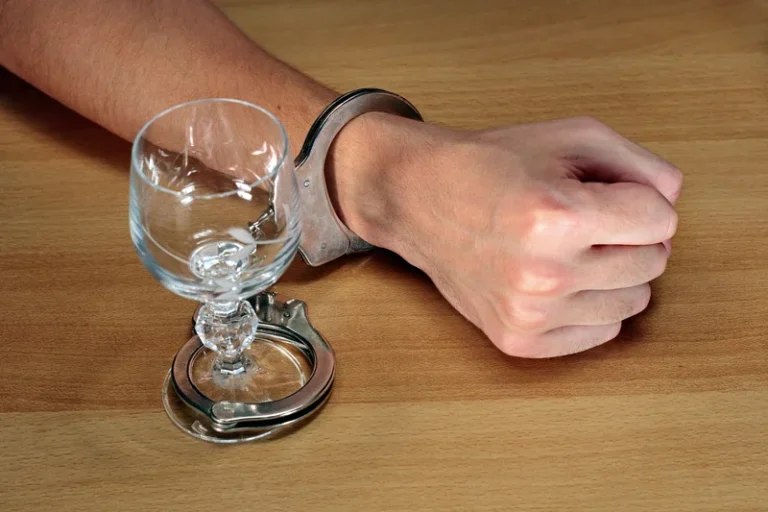
This self-medication hypothesis was proposed by Khantzian to explain behavior exhibited by individuals with AUD and SUD who were being treated in a clinical setting.30 This theory has been supported by the demonstration of a mechanism that may encourage alcohol cravings. Implementing SUD treatments for individuals with co-occurring PTSD and AUD could be a way for providers to address clinical needs without learning another manual-guided treatment. Motivational enhancement therapy could be used for this purpose, as it has been used successfully to reduce drinking among soldiers with untreated AUD, most of whom also had severe symptoms of PTSD.56 This therapy may be useful as an intervention for increasing treatment engagement and preventing treatment dropout. Motivational enhancement therapy also shows promise as a way to increase treatment initiation among veterans and military personnel who are reluctant to enter treatment or address their substance misuse during treatment for PTSD, particularly if they perceive that substance use eases their PTSD symptoms. Amplified alcohol-related problems on non-drinking and moderate-drinking days among those with more severe PTSD could be an important factor in treatment for individuals with comorbid PTSD and AUD. For example, individuals with more severe PTSD who over-estimate alcohol-related problems may feel greater motivation to seek out and adhere to treatment.
Interventions for Prevention of PTSD and AUD
Typically, the sessions are 60 to 120 minutes, approximately once a week for 4 to 10 weeks. Further, women are more likely to experience a traumatic experience due to disproportionately being affected by domestic violence, sexual abuse, and sexual assault. Women affected by PTSD are more likely to use alcohol after the trauma experience, whereas men seem to be more likely to use other substances. The information collected at the St. Louis location provided one of the first estimates of the prevalence of PTSD in the general population. Of the 2,493 participants, about 16% were exposed to at least one qualifying traumatic event.8 Of this group, about 8.4% developed PTSD.15 Also, individuals who met criteria for PTSD were more likely to report alcohol-related problems than those who did not meet PTSD criteria. Military and veteran populations have a critical need for interventions that aim to reduce the burden of co-occurring PTSD and AUD.
Statistics on PTSD and Alcohol Abuse Rates

If you’re dealing with complex trauma and AUD, don’t hesitate to reach out to a mental health professional. They can provide specialized assessment and tailored treatment to address your unique needs and challenges. One 2020 study found that people who experienced childhood trauma, particularly emotional and physical abuse, had a statistically higher lifetime rate of AUD. Childhood trauma can increase the risk of developing alcohol use disorder (AUD) in adulthood. If you have a drinking problem, you are more likely than others with a similar background to go through a traumatic event.

How Can Co-occurring PTSD and SUD Create Problems?
- Many clinical features of AUD have significant overlap with other psychiatric disorders, including sleep disturbances and negative emotional states such as worry, dysphoria, sadness, or irritability that often occur during cycles of alcohol intoxication, withdrawal, and craving.
- Over the past few decades, important advances have been made in behavioral treatments for comorbid AUD and PTSD.
- In addition, military-specific barriers to accessing care need to be identified.
If you went through a traumatic event and have symptoms for more than three months, you may have PTSD. If you have questions about your drinking ptsd and alcohol abuse or drug use, learn more about treatment options. Talk to a VA or other health professional about care for co-occurring PTSD and SUD.
Special Considerations for Comorbidity
- Call the mental health or main number for the facility closest to you and ask about an appointment for PTSD assessment or treatment and mention your interest in substance use programs.
- In addition, ask about current and past suicidal ideation or suicide attempts, as well as the family history of mood disorders, AUD, hospitalizations for psychiatric disorders, or suicidality.
- Participants received instruction on the telephone daily Interactive Voice Response (IVR) protocol.
- In research and practice, several notable gaps exist in addressing co-occurring PTSD and AUD in military and veteran populations.
Given the high rates of dropout reported across studies and treatment types, research is needed to enhance retention among individuals with AUD/PTSD. Relatedly, the definition of a treatment “completer” needs to be better standardized, as it is difficult to interpret and compare treatment outcomes across studies when the results are based on patients who received widely different amounts of the prescribed treatment. It is recommended that all trials report on participants who complete the entire treatment protocol. https://ecosoberhouse.com/ Investigators may also want to report on a subgroup of participants who completed the minimum therapeutic dose deemed adequate for that particular treatment, but the minimum dose needs to be based on a strong theoretical rationale, supported by empirical data, and defined a priori. Non exposure-based integrated therapies have been more widely used in substance abuse community treatment programs, clearly indicating that clinicians see the necessity of addressing both SUDs and PTSD in the same treatment episode.
- This study extends prior work by examining the unique contributions of specific types of trauma and PTSD on alcohol involvement in AA and EA women, and identifying racial/ethnic disparities in the prevalence and timing of first alcohol use, AUD symptoms and AUD diagnostic progression.
- Additionally, this pattern of highly rated drinking problems on low-drinking days could be symptomatic of attentional biases that interfere with the accurate self-assessment that contributes to successful PTSD and AUD treatment (Donovan, 2003; Prochaska & Vellicer, 1997).
- This can result in a harmful cycle where alcohol consumption exacerbates PTSD symptoms and contributes to increased addiction.
- However, questioning respondents at the end of the day would have increased the risk of missing consumption data and alcohol-related problems occurring later in the evening or early morning.
- Behavioral interventions are a primary component of the treatment of AUD and can be used as freestanding treatments or as part of a more comprehensive treatment plan that includes pharmacotherapies.
This second explanation makes sense in the context of evidence for latent classes of PTSD that differ based upon overall, chronic symptomatology (e.g., Cloitre et al., 2014; Galatzer-Levy, Nickerson, Litz, & Marmar, 2013). In each of the two models, we modeled the main effects of drinking and PTSD symptom severity on alcohol problems, and their interactions.1 In the logistic analysis, we examined the cross-level interaction between GMS PTSD (between-person differences in PTSD severity) and number of drinks consumed that day (Number of Drinks × Overall PTSD). We also examined the within-level interaction between PMS PTSD (within-person differences in PTSD) and number of drinks consumed that day (Number of Drinks × Daily PTSD). In the gamma model, we examined the interaction between GMS PTSD and number of drinks consumed that day (Number of Drinks × Overall PTSD) as well as the interaction between PMS PTSD and number of drinks consumed that day (Number of Drinks × Daily PTSD).

The Link Between Alcohol Misuse and PTSD

Couple treatment for AUD and PTSD (CTAP) is a 15-session manual-guided (also known as “manualized”) therapy that integrates behavioral couples therapy for AUD with cognitive behavioral conjoint therapy for PTSD.48 In an uncontrolled trial, 13 male veterans and their female partners enrolled, and 9 couples completed the CTAP program. Eight of the veterans showed clinically reliable reductions in PTSD outcomes after treatment. Most of the veterans showed clinically reliable reductions in their percentage of days of heavy drinking. Traumatic brain injury (TBI) is characterized by neurological dysfunction caused by a bump, blow, or penetrating injury to the brain.
- Third, AUD and PTSD have shared risk factors, such as prior depressive symptoms and significant adverse childhood events.
- Any traumatic event can cause PTSD, whether there is a threat to the physical, emotional, or social safety of yourself or someone else.
- As such, continued research on the development of effective screening, prevention and treatment interventions for service members and veterans is critically needed.
Varying levels of daily and overall PTSD symptom severity may differentially interact with heavy and lighter alcohol consumption to inform alcohol-related problem ratings. Both within person daily levels of PTSD and between person overall levels of PTSD could interact with daily drinking amounts. Post-traumatic stress disorder (PTSD) is a mental health condition that’s caused by an extremely stressful or terrifying event — either being part of it or witnessing it. Symptoms may include flashbacks, nightmares, severe anxiety and uncontrollable thoughts about the event. But, unfortunately, sometimes traumatic events in childhood can negatively impact a person’s sense of safety and belonging. Childhood trauma is unfortunately quite common, with two out of every three children experiencing at least one traumatic event before age 16.11 This might include things like witnessing or experiencing physical violence, the death of a parent or caregiver, neglect, or emotional abuse.